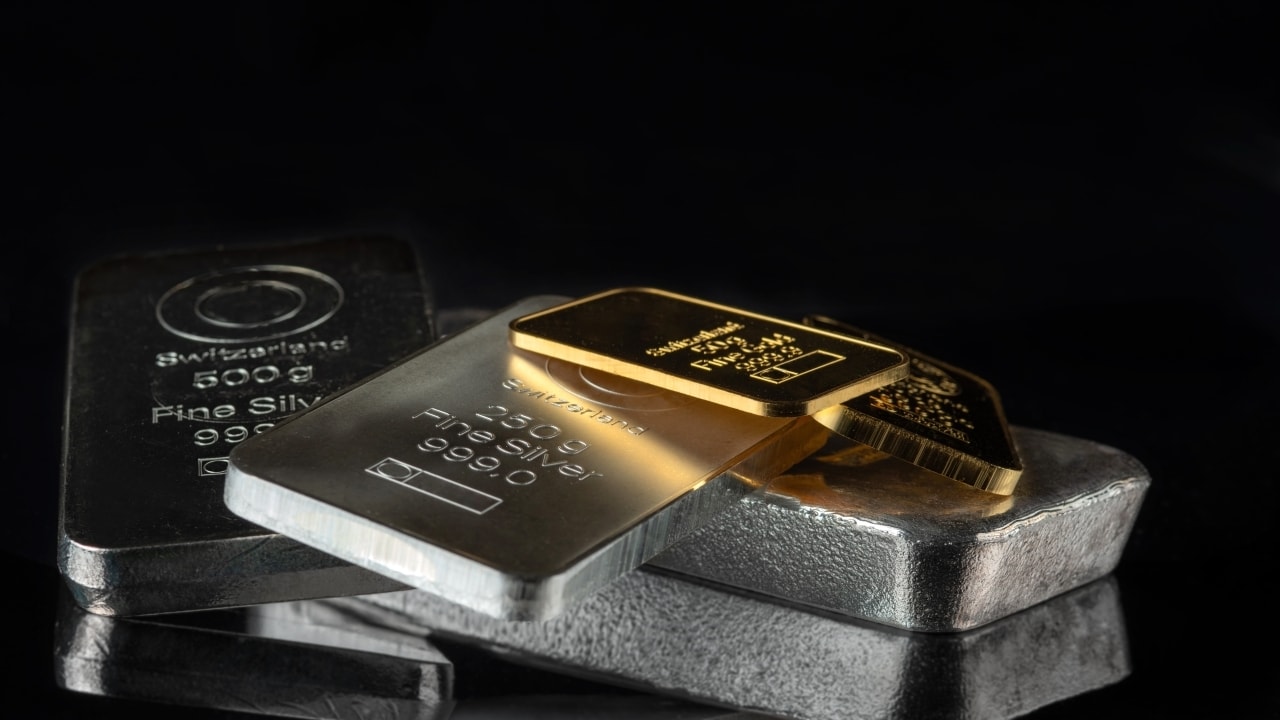Faridabad: In a 3,500 square foot laboratory in Faridabad, northern India, engineers are fast-tracking tests on an EV motor that could help alleviate one
of New Delhi’s most pressing trade and diplomatic challenges: its reliance on China for rare earths.
Unlike regular EV motors, the one being tested by Sterling Gtake E-Mobility does not use rare-earth magnets – a technology that, while not new, is uncommon and could be transformative for the world’s No. 3 car market that has been hit harder than most by China’s export curbs on the critical minerals.
“We want to be in commercial production as soon as possible,” Sterling Managing Director Jaideep Wadhwa said.
Seven Indian automakers are reviewing the motors, and if cleared, production could begin within a year, well ahead of an initial 2029 target, he added. Sterling sped up the timeline after China announced the curbs in April in response to U.S. tariffs.
While China has since resumed some rare earth shipments to the U.S. and Europe, India remains effectively cut off due to political tensions with Beijing. Indian companies have yet to see a single import application approved.
Prime Minister Narendra Modi and Chinese President Xi Jinping have discussed ways to improve trade, and Beijing has agreed to lift curbs on magnet exports but has not given a timeline.
Against this backdrop, Sterling and several other firms are expediting work on alternate technologies that eliminate magnets or use ferrite or “light” rare earths, materials for which there is no dependence on China.
China controls more than 90% of the world’s rare-earths processing capacity, giving it diplomatic clout and dominance over the supply chain, as the global pivot to EVs intensifies demand for the group of 17 elements vital to consumer electronics, EV batteries, and motor magnets.
India has the world’s fifth-largest rare earth reserves, but lacks the ability to process them into magnets.
To address this, the government plans to offer incentives for mining and processing, while also seeking to collaborate with Japanese and South Korean companies to produce magnets.
















